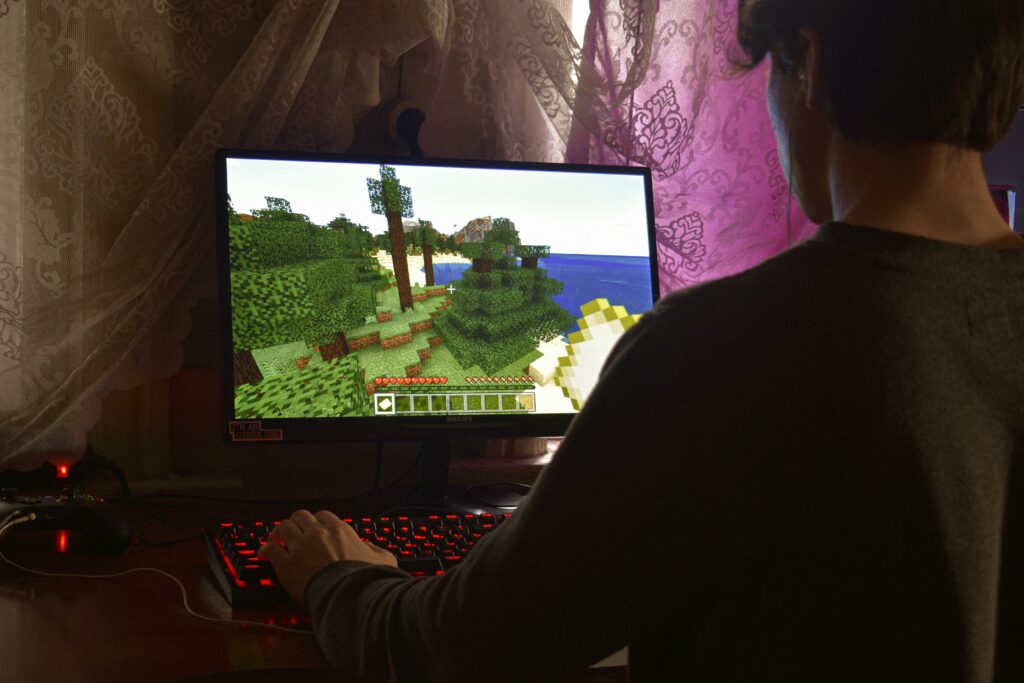Key Takeaways
- Understanding NFT Ownership: NFT game development enables players to truly own their in-game assets, transforming virtual items into valuable, transferable commodities through non-fungible tokens.
- Key Development Components: The process includes conceptualization, smart contracts, game design, testing, and marketing—each critical for creating engaging and secure gaming experiences.
- Blockchain Technology is Essential: Developers utilize blockchain platforms like Ethereum and Binance Smart Chain to facilitate NFT transactions and ensure transparency in asset management.
- Engaging Game Mechanics: Effective game mechanics, such as asset trading, leveling systems, and competitive elements, are vital for maintaining player interest and creating a dynamic gaming economy.
- Navigating Challenges: Developers must address scalability issues and regulatory concerns to create viable NFT games, ensuring smooth performance and legal compliance in a rapidly changing landscape.
- Future Trends: Innovations in decentralized governance, cross-platform compatibility, and AI-driven personalization are shaping the future of NFT gaming, enhancing player engagement and broadening economic opportunities.
The world of gaming is undergoing a revolutionary transformation with the rise of NFT game development. As players seek ownership and unique experiences, non-fungible tokens are reshaping how games are created and played. This innovative approach empowers gamers to truly own their in-game assets, turning virtual items into valuable commodities.
Developers are now leveraging blockchain technology to create immersive environments where players can trade, sell, and even create their own digital assets. This shift not only enhances player engagement but also opens up new revenue streams for creators. As the demand for NFT games continues to surge, understanding the intricacies of this development process becomes crucial for aspiring developers and gamers alike.
NFT Game Development
NFT game development integrates blockchain technology to facilitate true ownership of digital assets within games. Developers create unique in-game items represented as non-fungible tokens, allowing players to trade or sell these assets freely.
A variety of programming languages and platforms support NFT game development. Examples include Unity for 2D and 3D games, and Ethereum or Binance Smart Chain for blockchain functionality. The choice of tools affects gameplay mechanics, asset creation, and the overall player experience.
The development process consists of several key components:
- Conceptualization: Developers define the game’s theme, mechanics, and token economics, identifying how players interact with NFTs.
- Smart Contracts: Smart contracts are programmed to govern the creation, trade, and transaction processes of NFTs, ensuring transparency and security.
- Game Design: Game designers map out user interfaces, gameplay elements, and the integration of NFTs, employing engaging visuals and dynamics to enhance player satisfaction.
- Testing: Extensive testing identifies bugs and assesses gameplay balance. Testing stages focus on performance, security, and user experience to ensure a smooth launch.
- Launch and Marketing: Developers launch the game on various platforms while employing marketing strategies to attract players. They often engage with communities to increase visibility and encourage adoption.
As demand for NFT games rises, understanding these facets becomes crucial for developers. They must stay informed about industry trends and player preferences to create innovative and competitive gaming experiences.
Key Technologies in NFT Game Development
NFT game development relies on several key technologies that enhance the gaming experience and facilitate true asset ownership. Understanding these technologies is essential for successful game implementation.
Blockchain Platforms
Blockchain platforms serve as the foundational technology for NFT games. Ethereum remains the most widely used platform due to its robust smart contract capabilities and extensive developer community. Other platforms, such as Binance Smart Chain, Flow, and Polygon, also support NFT creation and trading with lower transaction fees and faster processing times. Each platform offers unique features, such as improved scalability or enhanced interoperability, which developers can leverage based on their game design requirements.
Smart Contracts
Smart contracts automate transactions in NFT games, ensuring transparency and trust among players. These self-executing contracts reside on the blockchain and define the rules for asset management. They govern the minting, buying, selling, and trading of NFTs, making the process seamless for users. Developers often utilize programming languages such as Solidity or Vyper to create customized smart contracts tailored to the game’s specific mechanics and economics. Properly designed smart contracts enhance security, prevent fraud, and provide a fair playing field in the game’s economy.
Design Elements of NFT Games
Design elements in NFT games shape player experience and engagement. Key components include game mechanics and art, both vital for attracting and retaining players.
Game Mechanics
Game mechanics dictate how players interact with the game world. Engaging mechanics enhance gameplay through clear rules and progression systems. Developers often incorporate:
- Asset Trading: Players trade non-fungible tokens, facilitating a dynamic economy.
- Leveling Systems: Players gain experience points to unlock new abilities or items.
- Quests and Challenges: Players complete tasks for rewards, encouraging exploration and participation.
- Competition: Leaderboards and tournaments motivate players to improve skills and invest time.
These mechanics create a compelling loop that keeps players invested in the game’s ecosystem.
Art and Asset Creation
Art and asset creation define the visual identity of NFT games. Striking graphics and assets enhance player immersion. Key aspects include:
- Unique Designs: Each in-game asset, from characters to environments, requires distinctive art to establish rarity and value.
- 3D Modeling: Three-dimensional assets engage players more deeply than traditional two-dimensional designs.
- Animations: Smooth and captivating animations elevate interaction, offering experiences that resonate emotionally with players.
- User Interface (UI): Intuitive UI design ensures players navigate the game easily, enhancing overall user experience.
Effective art and assets not only attract players but also reinforce the game’s brand and marketplace value.
Challenges in NFT Game Development
NFT game development faces several challenges that can hinder progress and impact player experience. Two major obstacles include scalability issues and regulatory concerns.
Scalability Issues
Scalability remains a significant challenge in NFT game development. Blockchain networks often struggle to handle high transaction volumes, which can lead to congestion and slower processing times. For instance, Ethereum’s network can experience high gas fees during peak usage, making transactions costly for players. Developers frequently look to layer-2 solutions like Polygon or sidechains that offer lower fees and improved speed, but integrating these technologies can add complexity to the development process. Ensuring seamless scalability is crucial for supporting a large player base and maintaining a smooth gaming experience.
Regulatory Concerns
Regulatory concerns also pose challenges for NFT game development. As the industry grows, governments worldwide are still figuring out how to regulate digital assets. Issues such as taxation, intellectual property rights, and anti-money laundering laws can create uncertainties for developers. For example, variations in regulations across countries may impact the accessibility and functionality of NFT games globally. Developers must stay informed about compliance requirements and adapt their models to navigate this evolving regulatory landscape. Addressing these concerns not only ensures legal safety but also builds trust with players and investors.
Future Trends in NFT Game Development
Evolving trends in NFT game development shape the future of gaming, impacting how developers approach design and monetization. Innovations in gameplay experiences emerge, focusing on immersive virtual environments, enhancing player interaction and engagement.
Decentralized gaming experiences will gain popularity, enabling players to influence game development through community voting and governance. Developers will seek ways to integrate player feedback into decision-making, promoting a collaborative ecosystem that fosters loyalty and investment among users.
Cross-platform compatibility will become essential, allowing players to access games seamlessly across devices. NFT assets will retain value regardless of the platform, ensuring true ownership and portability of digital assets. This versatility strengthens the market for in-game items, enhancing their attractiveness to both players and investors.
Unique revenue models will emerge, emphasizing play-to-earn mechanisms. Players will earn rewards not only through gameplay but also by participating in governance or contributing content. This shift will motivate players to engage actively, further fueling the growth of NFT gaming.
Artificial intelligence will play a significant role in personalizing gaming experiences. AI-driven algorithms will analyze player behaviors, tailoring gameplay and asset offerings for enhanced satisfaction. By adapting to individual preferences, developers can create more engaging environments that keep players returning.
Sustainable gaming practices will gain traction as developers address environmental concerns related to blockchain technology. Innovations in energy-efficient protocols and carbon offset strategies will mitigate the ecological impact of NFTs, appealing to environmentally conscious players and investors.
Finally, integration with metaverse platforms will redefine social gaming. NFT games will connect with virtual worlds, enabling players to showcase their assets and engage with broader communities. This intersection will enhance the sense of belonging and identity within the gaming landscape while expanding economic opportunities for creators.

